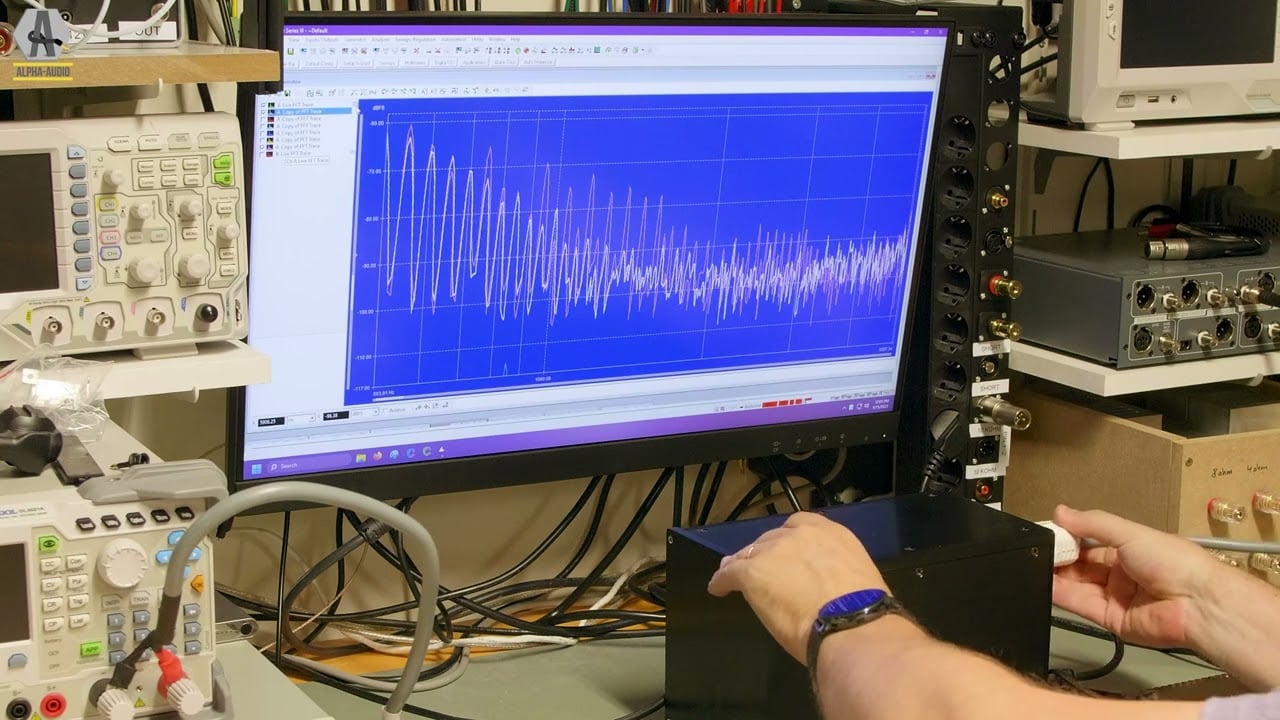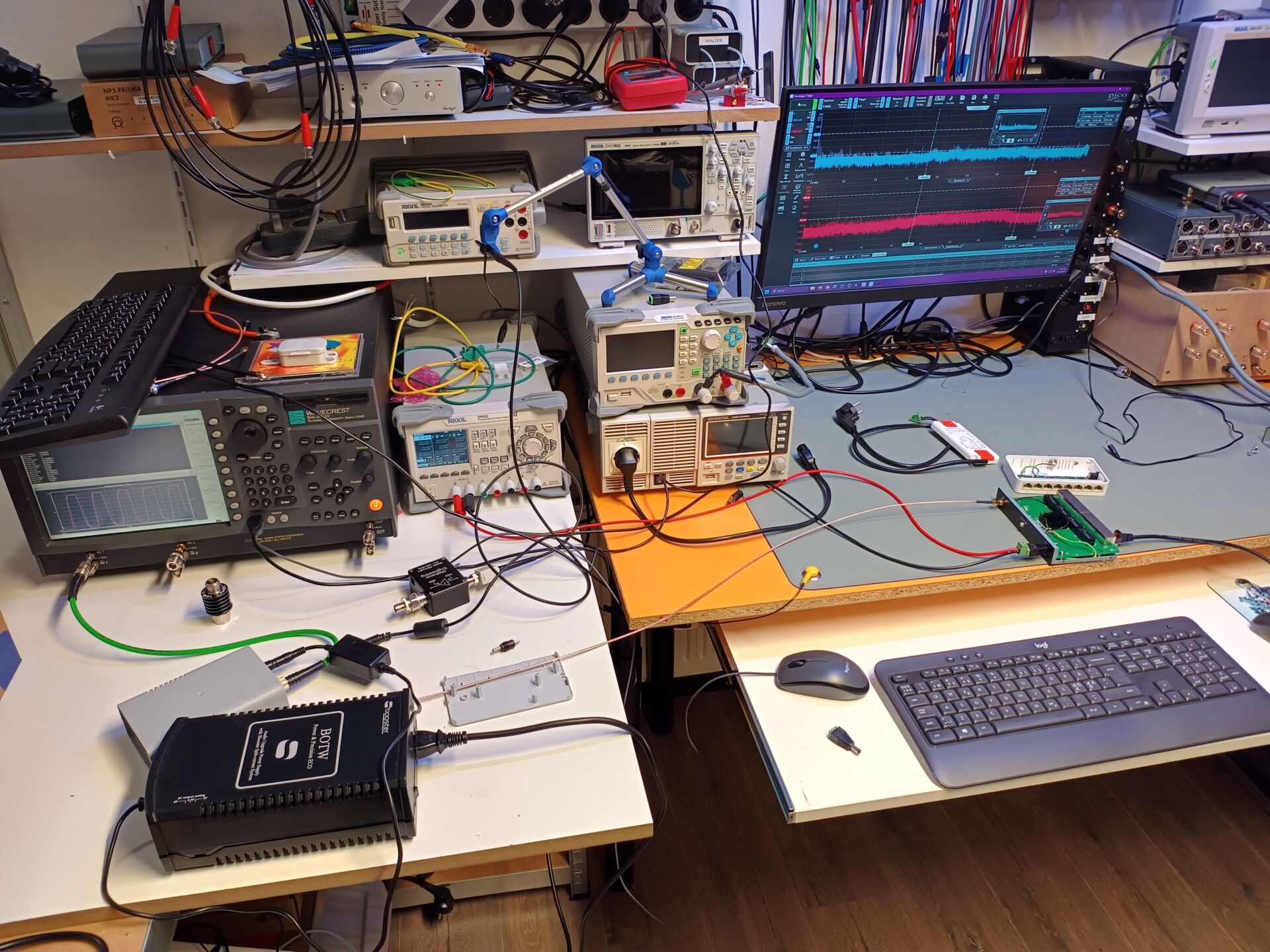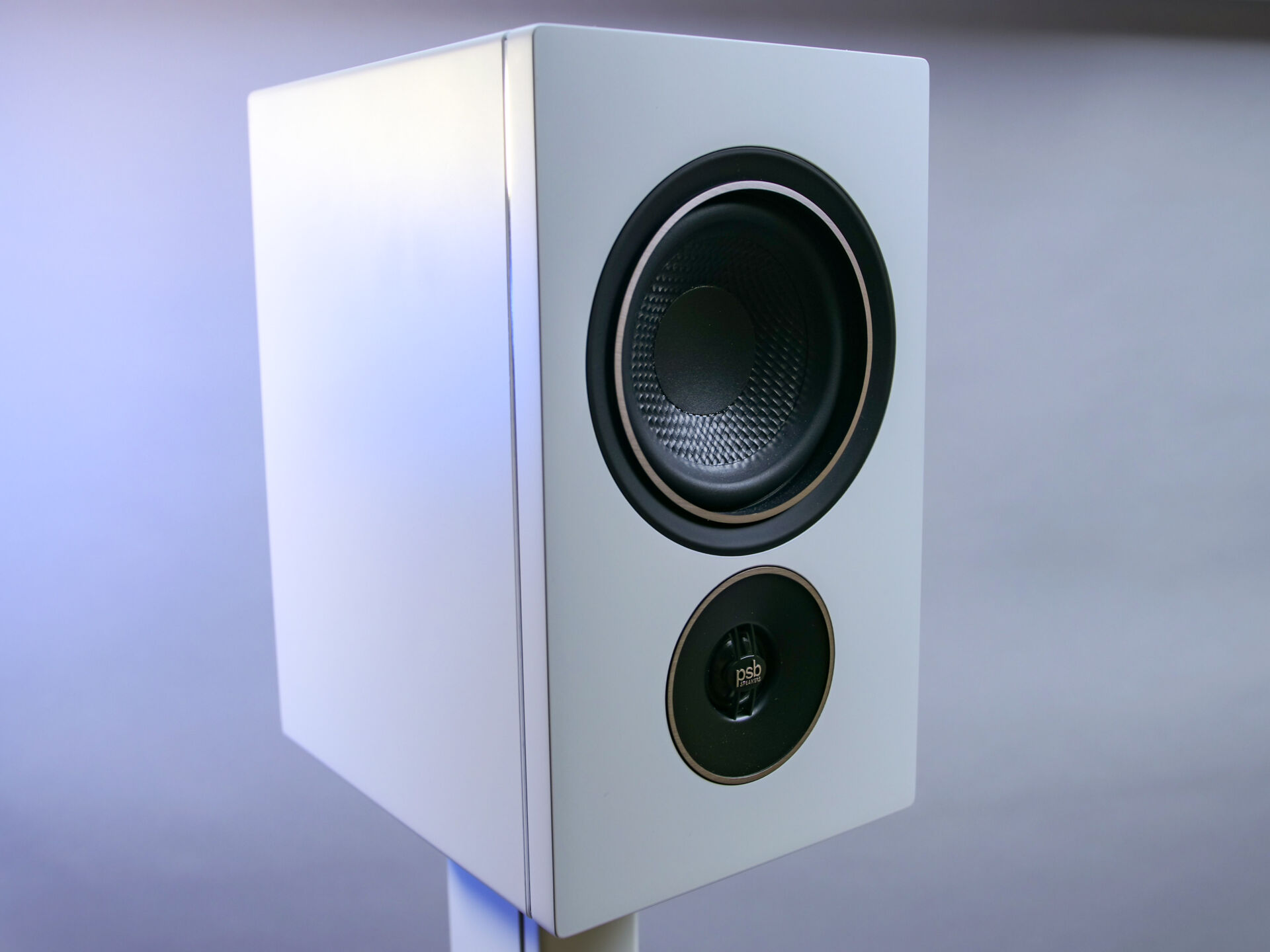

We’ve hit the lab again! This time to see what parallel filters can do for our delicate audio systems. We take a Kemp SNS plug, an Isotek Isoplug and for comparison a serial filter with a toroidal transformer. As a bonus, we also take a realistic noise source.
This is the fourth video in the spontaneously created Alpha Labs series. We previously measured “full fleged” filters on a speaker output. Now it’s the turn of a pair of parallel filters. What do these little filters do? Are they even useful? We walk through it all in the video below. Have fun watching!








Hello Jaap, thanks for these measurements! Impressive! I think powernet filters will always be difficult and a matter of taste. I mean every cable or component you add to a system will have some impact, signature or whatever. I once had a pretty complex system and nowadays I have a pretty simple system. An integrated amp, a Dac and loudspeakers. Tuning the system is more easy in terms of logical thinking, but more difficult because there are less parameters to play with. When adding a filter in series with the system I also add an extra power cord, some contact resistance and the components of the filter itself. When it’s connected you’re done… enjoy the ride! With parallel filters I think you have more control and less signature at least in my opinion. Sometimes I think my bass is too strong and I have the possibility of removing one parallel filter to solve the problem. My experience with parallel filters is that 60% of the effect is audible instantly and +/- 40% takes a few hours up to one day. Of course the noise is canceled instantly, but it seems the equipment must settle itself to the new noise levels (like a short break in time).
Can we make up for these measurements that parallel filters bring good value for the price? I mean they are flexible because some systems only need little help in their environment and other systems need more. It seems this can be reached with more plugs. With one plug the impact began just above 10Khz and if I’m right with the second it already started at 7 or 8Khz?
Well… parallel filters are less expensive. But also less effective. It is all a matter of knowing how and where to apply them. An Isotek Titan will be much more effective in noisy environments than a parallel filter. And it works a lot ‘deeper’ as well. I guess it starts working from 2000 Hz or something like that. Not sure. A parallel filter starts around 10 Khz… so applying that for low freq noise is useless…
Yes indeed, but sometimes with a factor 20 to 30 less expensive. So adding a few more parallel filters can do a great deal of the trick. In the past I have used several high quality series filters also from Isotek and they were pretty good. I started with the Minisub and vision and the Mira and tried the Cube. Later I switched to Kemp and had 6 powerblocks and two Class A regenerators. From there I switched to PS audio first to the P5 and shortly after to the P10. From there I tested the genesis one the Sigmas and the Aquarius, but in the end I switched back to parallel filtering, because they were so much easier in use and have less signature. Besides this, good equipment with good power supplies should be able to clean like a powernet filter for a great part of the deal, still adding an additional filter can lower the noise even more, but they come with a price tag. Which also could be used in the equipment for example in the pre-amp. Of course this is a point of discussion, but basically it will be clear I became a parallel filter fan :-). Thanks for your insight and experience!
Hallo Jaap, dat was zeer verhelderend. Bedankt voor de test en wat mij betreft hoop ik dat je door gaat met dit soort testen. Dat maakt Alpha-audio zo leuk en anders dan de standaard audio magazine’s waar alleen maar hifi apparatuur getest wordt. Hier hoor en zie je de verschillen.